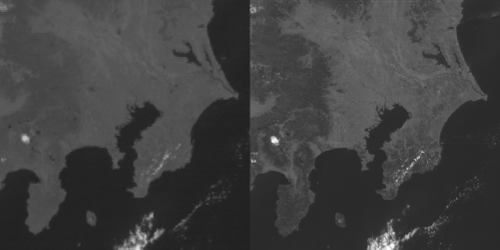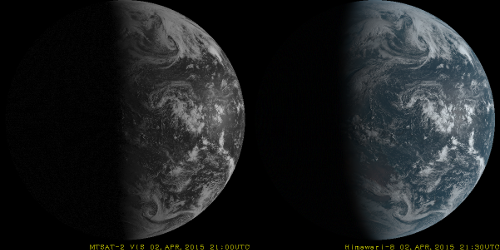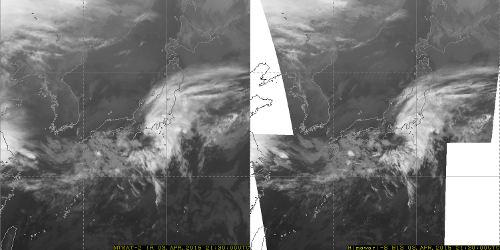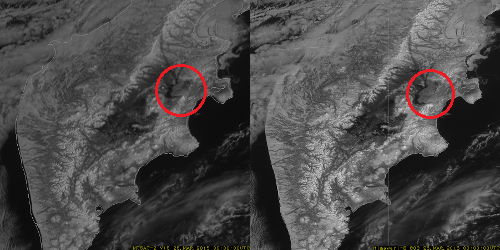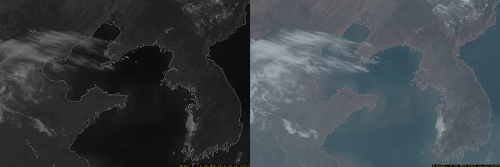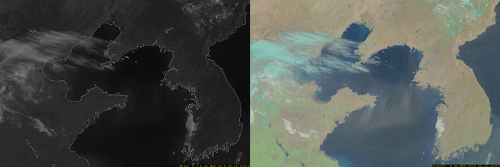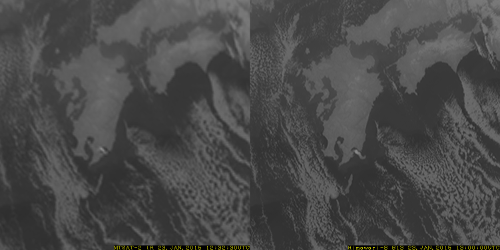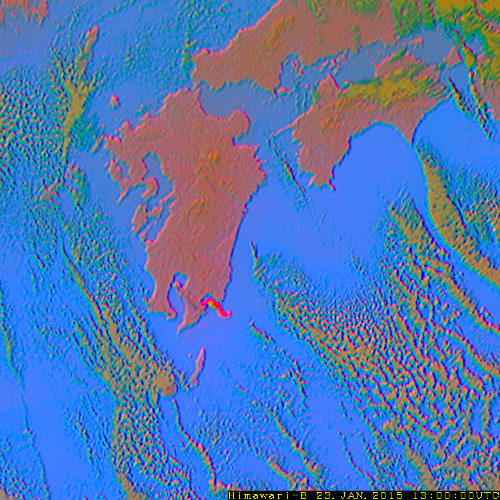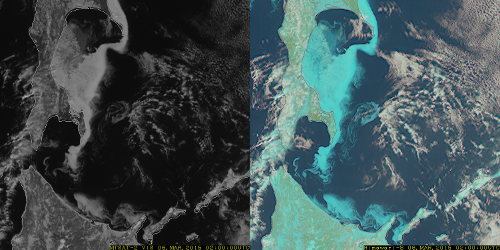Meteorological Satellites -Japan Meteorological Agency (JMA)-
News Release
•Collection of images captured by Himawari-8 during In-Orbit-Test
Japan Meteorological Agency
1 May 2015
1 May 2015
Collection of images captured by Himawari-8 in the in-orbit commissioning phase. (Click an image to enlarge or animate.)
Comparison of spatial resolution between MTSAT-2 and Himawari-8
Comparison of time resolution between MTSAT-2 and Himawari-8
Volcanic eruption on the Kamchatka Peninsula
Typhoon Maysak
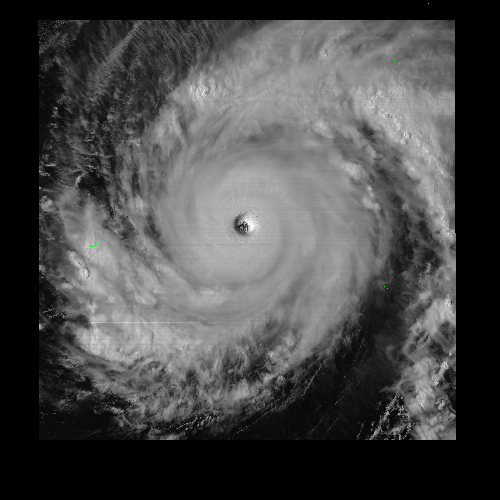 |
20:30 UTC, 30 March 2015 – 9 UTC, 31 March 2015 Visible imagery from Himawari-8 (interval: 2.5 minutes) Himawari-8’s observation area can be changed every 2.5 minutes. Once a typhoon forms, the satellite can follow it using this function. This image shows Typhoon Maysak with a clear eye and a surrounding eyewall. Active convective cloud bands are developing within the rotating typhoon system. Fractional low-level cloud swirling in the eye of the typhoon is observed. [WMV: 79.3 MB] You will need Windows Media Player to view it. Visit the Windows Media Player website
|
Yellow sand
Eruption of Sakurajima
Ice in the Sea of Okhotsk
Satellite Program Division, Japan Meteorological Agency
E-mail: metsat AT met.kishou.go.jp
